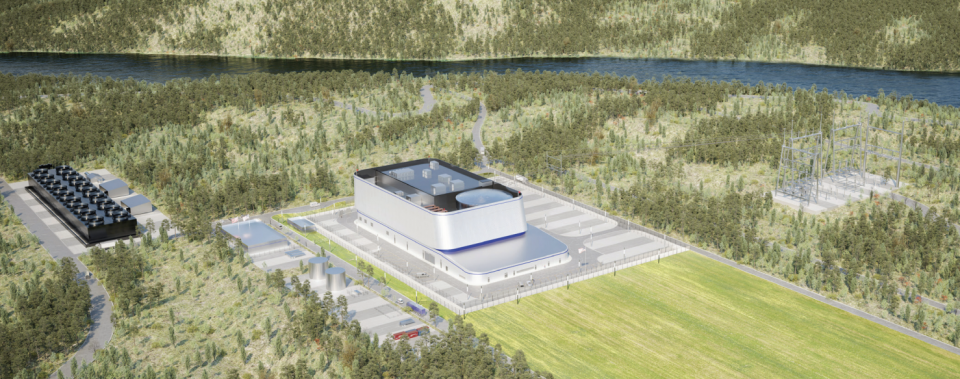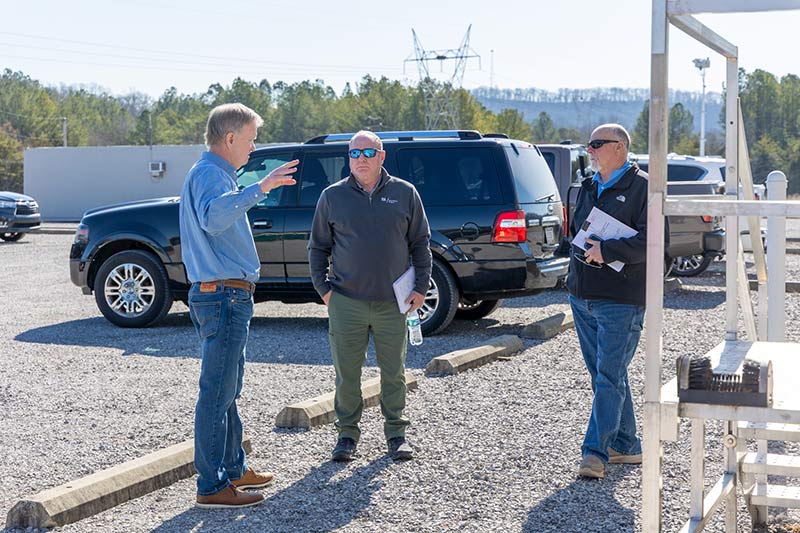2023 Utility Working Conference: Nuclear and the future of resiliency
At the 2023 Utility Working Conference, held August 6–9 on Marco Island in Florida, the second day’s plenary opened with a panel session featuring five nuclear industry executives who discussed the future of nuclear energy and its resiliency in a low-carbon world. Speakers included Tim Rausch, executive vice president and chief nuclear officer with the Tennessee Valley Authority, Robert Schuetz, chief executive officer of Energy Northwest, Sean Sexstone, executive vice president of advanced nuclear at GE Hitachi Nuclear Energy, and Pierre Paul Oneid, senior vice president and chief nuclear officer of Holtec International.







